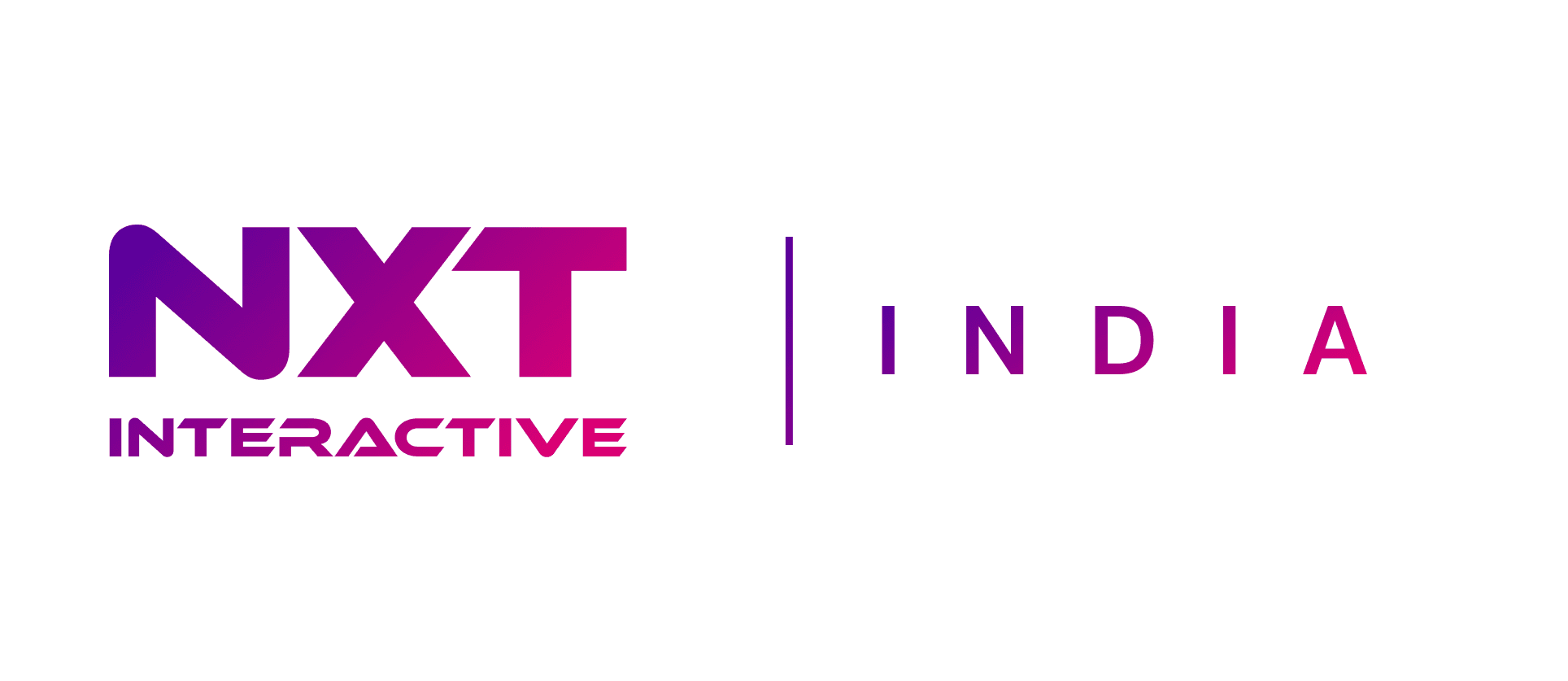Jan 15, 2024
Introduction
The realm of virtual reality (VR) applications has seen remarkable success across diverse industries, ranging from gaming to healthcare. By immersing users in virtual environments, businesses and organizations can interact with their audience in a more cost-effective and engaging manner. In this article, we explore the benefits of VR application development for businesses, delve into the reasons behind the cost-effectiveness of VR training, and provide insights into the financial considerations of developing a VR application.
Benefits of Virtual Reality Application Development for Business:
Powerful Visualization:
VR serves as a powerful tool for visualizing physical products in three dimensions. Users can interact with products, view them from all angles, and virtually "feel" objects. Additionally, the immersive experience can be shared with users regardless of their geographical location.
More Effective Training:
VR is a potent educational tool for training students and employees. Studies have shown that medical students trained in VR completed their training 20% faster and achieved 38% more accurate results than traditionally trained counterparts. The key advantage lies in the ability to immerse trainees in learning scenarios without any real-world constraints.
Deep Immersion:
The inherent feature of deep immersion applies to various industries, with gaming being a notable beneficiary. VR technology fundamentally transforms the gaming experience, allowing users to fully engage with the storyline. The use of controllers enhances the experience, enabling users to feel like genuine protagonists, whether wielding a sword or playing baseball on a virtual field.
How Much Does It Cost to Develop a VR Application?
The cost of VR development is influenced by various factors, and estimating a precise figure can be challenging. However, here are some key considerations:
Development Timeline:
Basic VR applications typically require 6-8 weeks of development time, with costs starting at $15,000. More complex projects, such as integrating VR functionality into an online store, may take 4-6 months and start at $30,000.
Factors Affecting Costs:
Platform compatibility, product complexity, interactivity levels, content quality, third-party integrations, testing, and development team rates are all factors influencing costs.
Types of VR Applications for Business:
Architectural Visualization App:
Ideal for businesses in architecture, VR apps offer 360 walkthroughs or visualizations. Costs depend on property size and detailing, with a six-room apartment visualization taking approximately 6 weeks.
360 Virtual Tour:
Providing potential buyers with immersive experiences of buildings, VR tours help visualize dream houses. Costs vary based on project scope and complexity.
VR Training Simulators:
Widely used in healthcare, construction, energy, and other sectors, VR training simulators make training cost-effective and safe. Development time averages from 3 to 5 months.
Conclusion

As businesses explore the potential of VR applications, understanding the associated costs and benefits is crucial. Whether enhancing visualization, training efficiency, or providing immersive experiences, VR applications offer a myriad of opportunities for businesses to engage their audience in innovative ways. If you're seeking a cost-effective solution tailored to your business needs, consider reaching out to NXT Interactive for expert guidance and comprehensive VR application development services.





